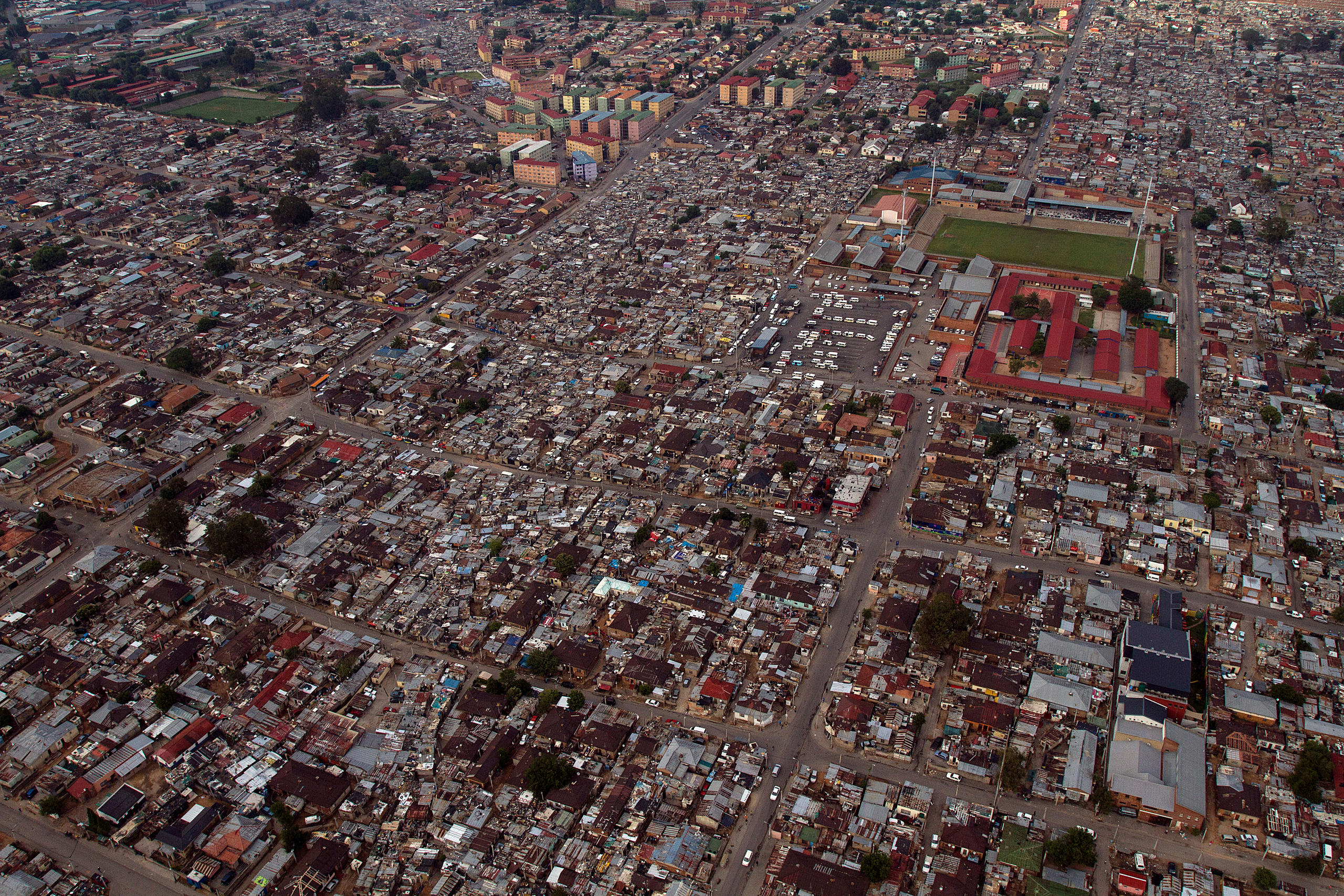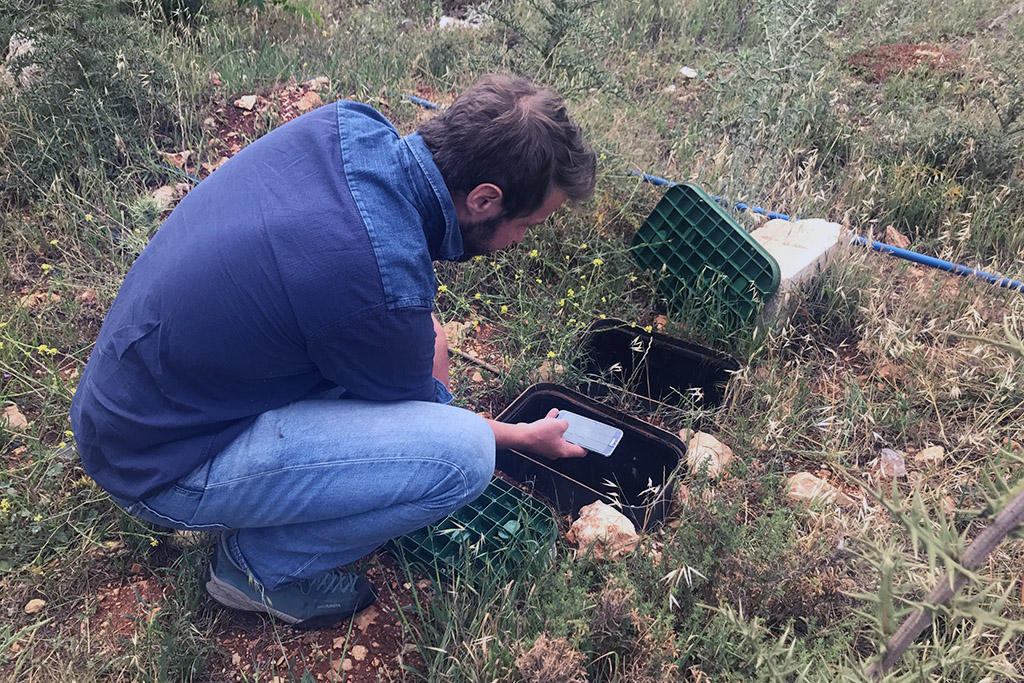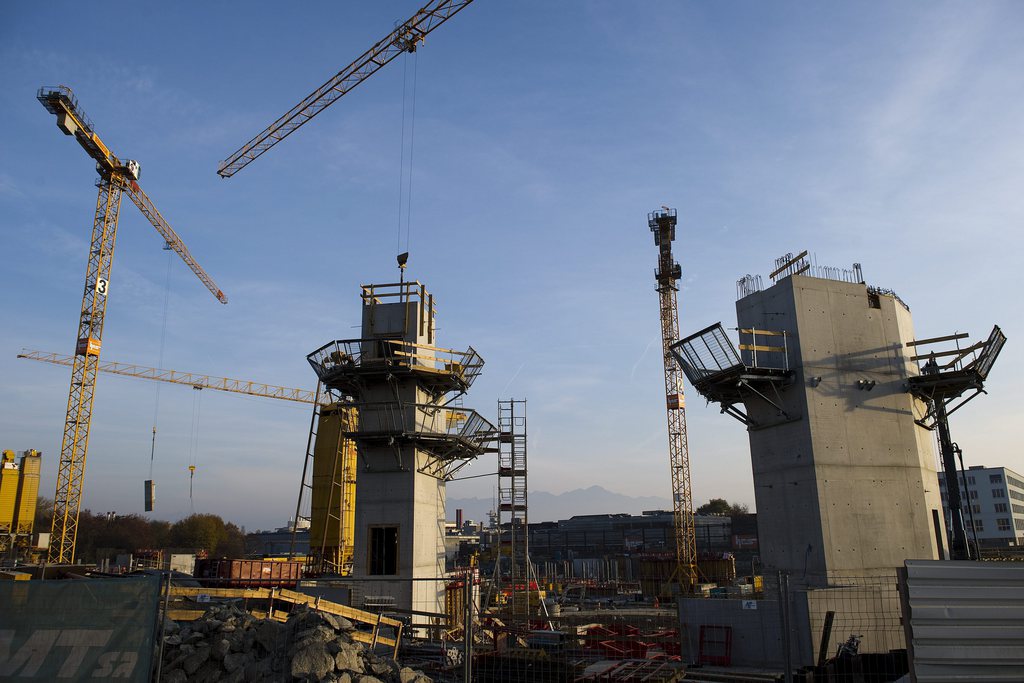Urbanisation poses challenge for Swiss development aid

Switzerland is adapting its international assistance policy to put more emphasis on aiding the urban poor in developing countries.
Never before in history have so many people lived in urban areas. The number is expected to grow from four billion today to five billion by 2050.
Rapid growth coupled with inadequate urban planning, as well as weak financial structures or mismanagement make cities the biggest polluters.
The Swiss Agency for Development and CooperationExternal link (SDC), along with the State Secretariat for Economic AffairsExternal link (SECO), want to help prevent urbanisation from leading to more inequality and pollution.
The challenges of urbanisation for the benefit of all are enormous in developing as well as emerging countries. Their cities are growing so rapidly that planning can hardly keep up. The number of people living in African and Asian cities 60 years ago was about 15% of the total population. By 2050 it’s expected to be between 60 and 65%.
“Developing urban and rural areas sustainably” was the theme of the annual conference of the SDC and SECO on Friday. Using Chad and South Africa as examples, the conference showed how Swiss assistance is responding to the various challenges in these countries while maintaining the fight against poverty.
Poverty: cause of cities’ growth
In Chad, a country that will continue to be mostly rural, food security is a major challenge, particularly as a result of global warming.
The example of South Africa shows what cities are up against. Urbanisation is not driven by industrialisation, as it is in Europe, but by rural poverty, says Sithole Mbanga, Managing Director of the South African Cities NetworkExternal link.
“Theoretically, urbanisation leads to jobs. But this is not the case in South Africa. We are not experiencing the advantages of urbanisation as in Europe. In South Africa, many people move from rural to urban areas, but when they get there, they are disappointed.”
But Davorka Shepherd, head of Swiss Economic Cooperation and Development for SECO in Pretoria, thinks urban planning is possible in a city like Johannesburg, which is experiencing a monthly increase of up to 20,000 people. Shepherd is responsible for the World Bank project, Cities Support Programme, in South Africa.
“Urban planning, with a time horizon of 20 to 30 years, is certainly possible,” she says, “but the pressure on city managers is enormous: they have to meet urgent requirements every day, provide services, manage projects and live with budget constraints at the same time.”

Interdependence
In general, sustainable urbanisation is possible, but requires that rural and urban areas are not considered separately, says Craig HatcherExternal link, a governance consultant at Helvetas, the Swiss charity that has developed an urban development concept.
The increasing interdependence is changing the traditional roles of city and countryside, says Hatcher. On the one hand, agriculture continues to play an important role in rural areas.
However, it is supplemented by industry and the service sector from cities. “On the other hand, traditional ‘rural’ practices such as agriculture take place in urban areas and contribute to food security.”
The targets of the United Nations’ Sustainable Development Goals for cities and communities is, by 2030, to “make cities inclusive, safe, resilient and sustainable”. In 2017 world leaders adopted the “New Urban Agenda”, which is a “roadmap for building cities that can serve as engines of prosperity and centres of cultural and social well-being while protecting the environment”.
The SDC focuses on the poorest population groups, whether they live in rural or urban areas.
“It is true that poverty prevailed mainly in rural areas, but this is changing. There is more and more poverty in and around cities,” says Thomas Gass, deputy director and head of south cooperation at the SDC.
Helvetas’ commitment to cities is also an opportunity “to modernise the outdated image of development cooperation,” says Hatcher. Because of this “shift of poverty to cities”, it is necessary to change the image in the minds of donors and to raise additional funds for urban initiatives – but not at the expense of the disadvantaged rural population.

In compliance with the JTI standards
More: SWI swissinfo.ch certified by the Journalism Trust Initiative



You can find an overview of ongoing debates with our journalists here. Please join us!
If you want to start a conversation about a topic raised in this article or want to report factual errors, email us at english@swissinfo.ch.